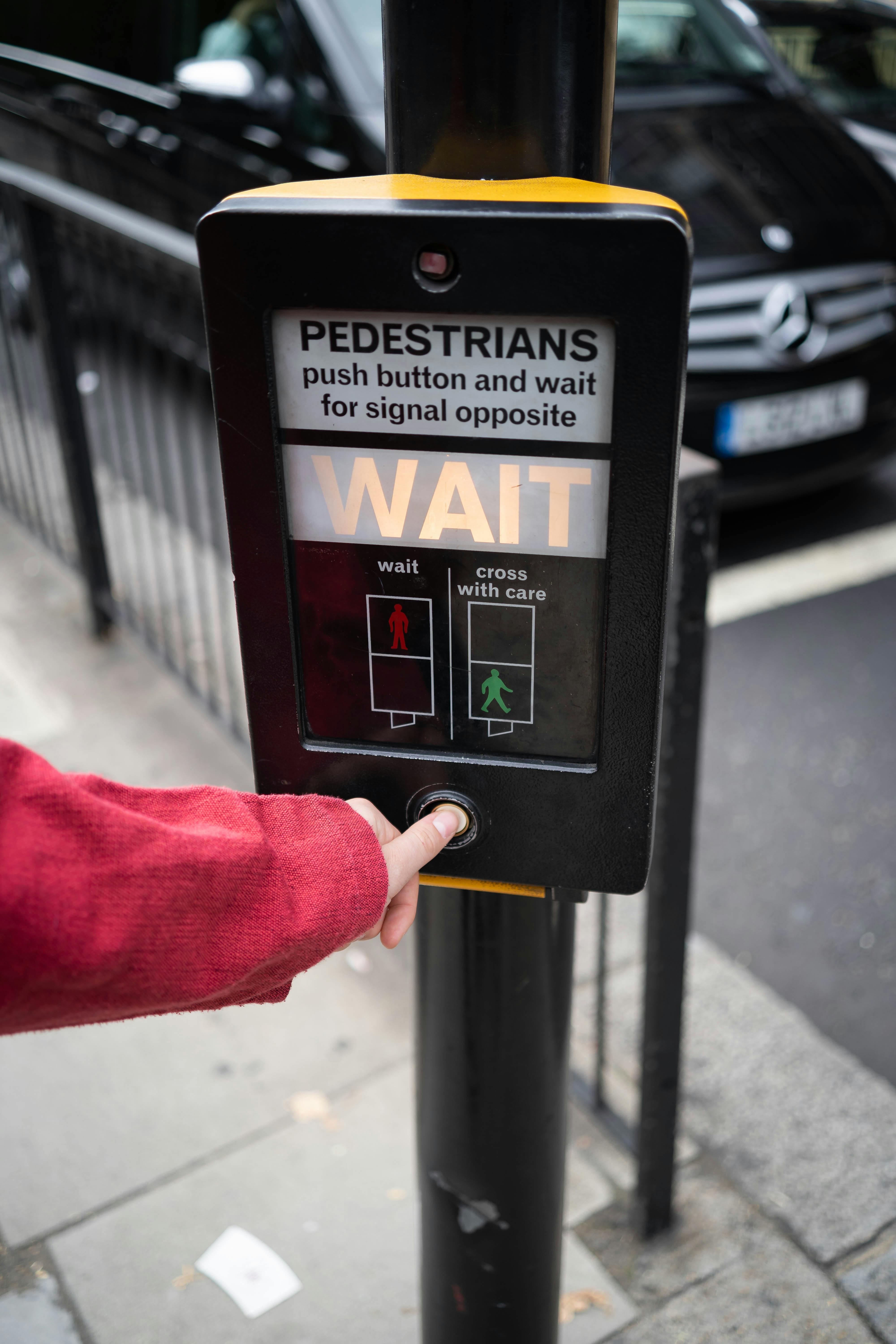BY: Shuntia Gowdy
Spring break is supposed to be fun, but with the country panicking, it will be hard to have a good time. Heading into spring break, we all should be taking the necessary precautions to stay safe and healthy during the coronavirus (COVID-19) (SARS-CoV-2) outbreak across the world. This virus is a serious risk to the public. Here are few things to be aware of as you take a break from school.
The current states that are affected by the coronavirus are: Washington, Oregon, California, Nevada, Arizona, Utah, Colorado, Nebraska, Kansas, Oklahoma, Texas, Louisiana, Missouri, Iowa, Minnesota, Illinois, Wisconsin, Indiana, Kentucky, Tennessee, Vermont, New York, New Hampshire, Massachusetts, Rhode Island, Connecticut, New Jersey, Pennsylvania, Maryland, Virginia, North Carolina, South Carolina, Georgia, and Florida. It is best if you try to avoid traveling to these states as a safety precaution.
There isn’t a vaccine to prevent the virus, and there aren’t any specific medications that should be taken to treat it. The Center for Disease Control and Prevention suggests the best way to prevent the illness is to avoid being exposed to the virus. The virus spreads person-to-person— it is possible for you to contract it if you are in the proximity of someone who has it, as well as through droplets when an infected person coughs or sneezes. The droplets may land in the mouths and noses of people who are close, or the droplets can be inhaled into the lungs.
You should clean your hands often to protect yourself. According to the CDC, you should use soap and water for about 20 seconds, particularly after being in public places, blowing your nose, coughing, or sneezing. If there isn’t soap and water available, you should immediately use a hand sanitizer that contains a minimum of 60% alcohol. Additionally, you should avoid close contact with individuals.
If you are already sick, then stay home, cover your coughs and sneezes so that others will not get sick, wear a facemask, and clean and disinfect. If you don’t have any symptoms, you do not need to wear a facemask.
For more information on COVID-19, visit www.cdc.gov.




